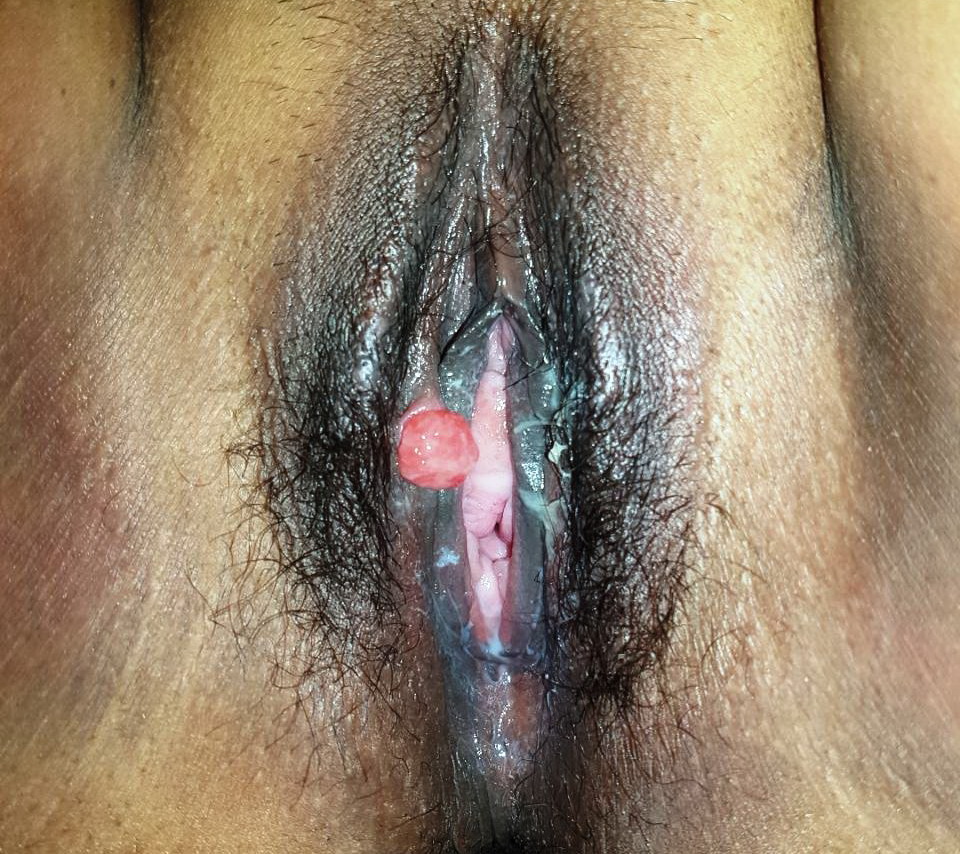Hidradenoma Papilliferum : Intro & Clinical


Comments:
Introduction: Hidradenoma papilliferum (Papillary Hidradenoma) is an uncommon benign adnexal tumor that shows both apocrine and eccrine differentiation. It is found almost exclusively in the vulva. It shares morphologic, immunohistochemical, and molecular genetic features (PIK3CA and AKT1 mutations) with intraductal papilloma of the breast and nipple adenoma. This has given rise to suggestions that it likely originates from anogenital mammary-like glands. Clinical Features: Most patients are middle-aged premenopausal women (age range 20 - 89 years). It is more common in Caucasians. The usual location is labia majora and the outer lateral surface of labia minora. Uncommon sites include perianal region, clitoris, and fourchette. It presents as a small (1-2 cm diameter), solitary, discrete, painless firm nodule that may become tender. Neglected lesions may enlarge, ulcerate, and bleed and clinically simulate carcinoma. Some cases get infected and form an abscess. HPV does not appear to play a role. Malignant change is rare. Cases of mammary-like adenocarcinomas arising from these tumors have been reported. Case History: This clinical photo is from a 32 y/o female who presented with a long-standing, painless, nodular lesion on lateral aspect of her labium minor. The lesion measured 1.5 cm in diameter and had recently ulcerated. Excised specimen confirmed the diagnosis of hidradenoma papilliferum. Case courtesy of: Dr. Sanjay D. Deshmukh (Prof. of Pathology) and Dr. Sadhana Khaprde (Head of Pathology Dept.), Dr. Vithalrao Vikhe Patil Medical Foundation's Medical College & Hospitals, Ahmednagar, India.


